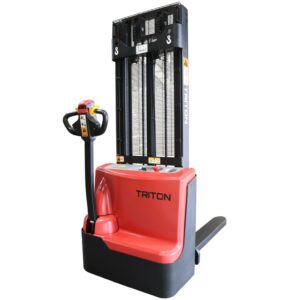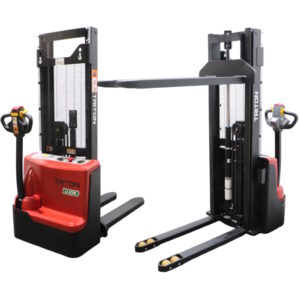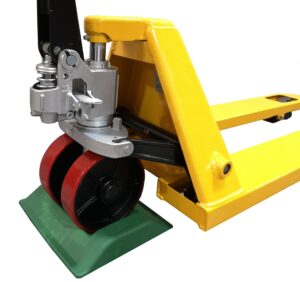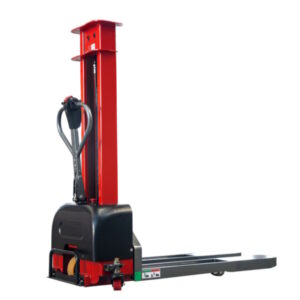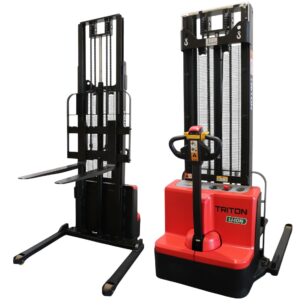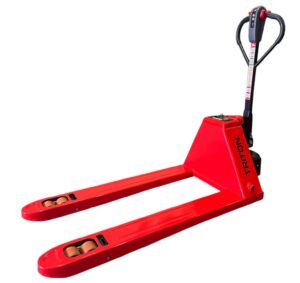As many warehouses are left with depleted workforces in light of recent labor shortages, many companies have started to look for alternative ways to automate their operations through the use of robots.
This may have once been a thought that worried workers and companies, but has now become a necessity after labour shortages hitting the logistics industry hard—especially over the past year.
This need for automation has also been brought on by the dramatic increase in online sales and the demand for next day delivery options from many consumers.
Why is there a labor shortage problem?
The labor shortage problem started with Brexit and was exacerbated by the pandemic, which saw many European drivers and warehouse workers returning to their home countries.
It’s been a mixture of not having enough people who are able to do specific work, and not having people that want to do the work that’s on offer.
To show the extent of the issues, one logistics provider claimed to have made 26,000 hires to get the 13,000 warehouse staff they needed because they knew that so many workers would drop out over the first few days.
How will robots help?
Robots can be seen as a great alternative, as they can improve efficiency and productivity to deal with the growing demands of consumers. It also prevents humans from having to do the repetitive or back-breaking tasks that often turn people away from work in warehouses.
Robots aren’t just a replacement for humans, but they can help humans perform their tasks better. Like a robot that autonomously transports goods to the elevated platform that a human is working on so they don’t have to keep on going up and down.
However, the use of robots will involve a large upfront cost that not all companies will be able to afford. Plus, the more efficient you become, the need for more labour also increases.
Amazon leading by example with their robots
One of the companies leading the switch to robots is Amazon, who have started to test out a whole fleet of robots that each perform different tasks, like a robot that’s able to take empty storage boxes from one part of the warehouse to another.
This increase in robots is estimated to save Amazon in the ranges of $3bn-$4bn per annum globally.

